Victorian Homes
By Samantha Mocle
"On graduation day, all of the girls from Carpenter House gathered on the front lawn and wept. You would have thought they cut off our legs, the way we were behaving! We cried like our world had come to an end.”
Ann Reeves Burton ’58 recalls that emotional day with bittersweet fondness. After all, in the case of Lasell University’s Victorian homes-turned-dormitories, a house is a home. She recalls her time at Lasell, but particularly in Carpenter House, as “absolutely spectacular.”
Many alumni still identify themselves by the houses they lived in, particularly those who attended7 Lasell in its junior college days. Self-proclaimed “Karandon Gals” or “Gardner Girls” still stay in touch, with their closest groups of friends being their housemates. Though Lasell students now live in mixed grade-level and gender-neutral housing over their four years on campus, the intimate, familial nature of the Victorian dorms has not changed.

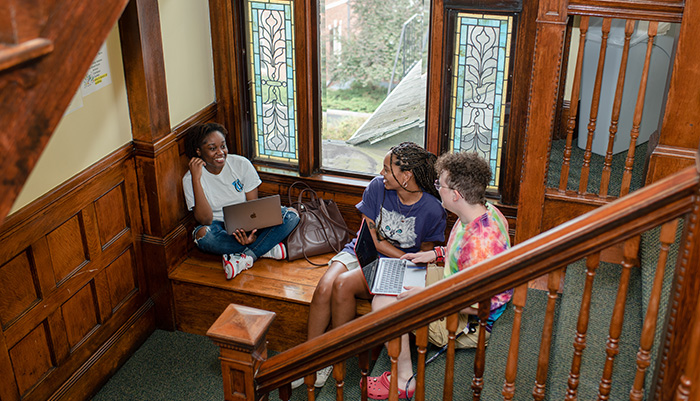
 Fast forward to 2005, when Melissa Vizvarie ’07 lived in a single room in Saunders House … complete with a claw-foot tub in the attached bathroom.
Fast forward to 2005, when Melissa Vizvarie ’07 lived in a single room in Saunders House … complete with a claw-foot tub in the attached bathroom.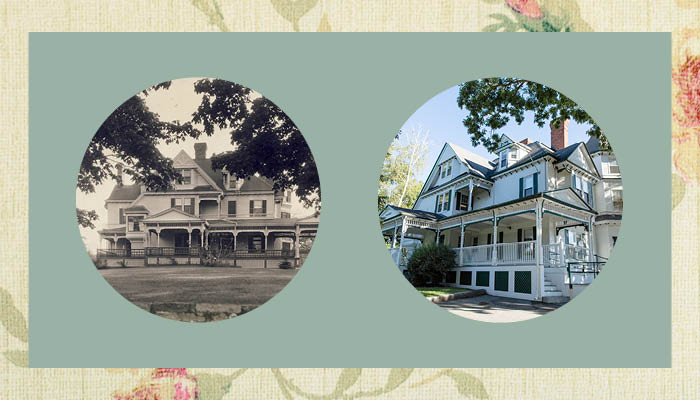
 Barbara McAlary Kashar ’60 spent her senior year living in Converse House (now Saunders) with Faith Maloney ’60 and Barbara Rahner Reese ’60. Though the women lived together for just one year, they have remained friends for a lifetime.
Barbara McAlary Kashar ’60 spent her senior year living in Converse House (now Saunders) with Faith Maloney ’60 and Barbara Rahner Reese ’60. Though the women lived together for just one year, they have remained friends for a lifetime.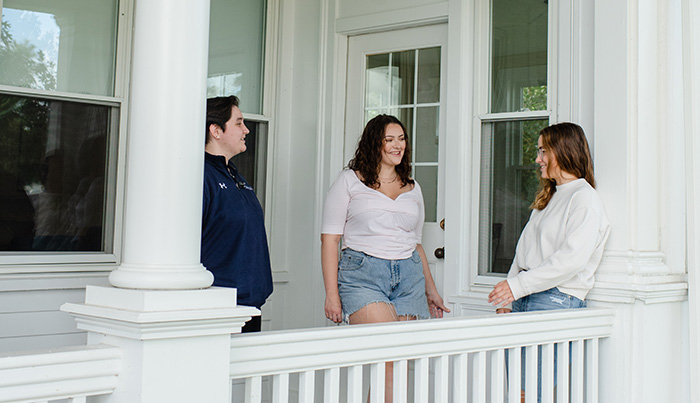
 “I have always been impressed by the number of students who cite the Victorian houses as an important part of their Lasell experience,” says David Hennessey, associate vice president and dean of student affairs. “College residents tend to live hard and have a real physical impact on their environments.” In the case of these homes, he says, there is clear evidence that students treat them with care.
“I have always been impressed by the number of students who cite the Victorian houses as an important part of their Lasell experience,” says David Hennessey, associate vice president and dean of student affairs. “College residents tend to live hard and have a real physical impact on their environments.” In the case of these homes, he says, there is clear evidence that students treat them with care.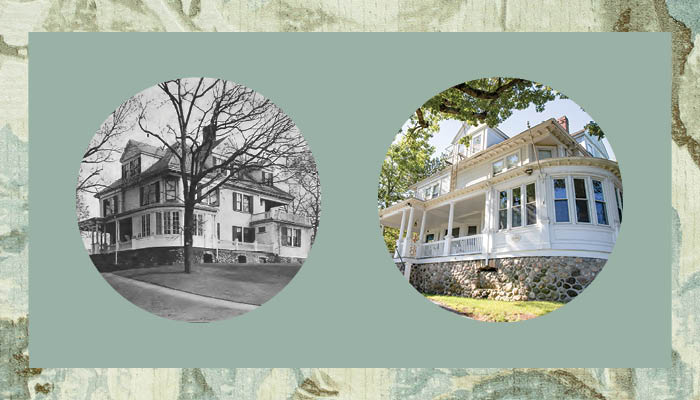
 “The Victorians have a more relaxed feel that makes it easy to bring people together,” says Lamphere. “They add as much charm to the outside of our campus as they do to the residents’ experiences inside. They provide a wonderful option for students to live in small communities where they can develop those family relationships.”
“The Victorians have a more relaxed feel that makes it easy to bring people together,” says Lamphere. “They add as much charm to the outside of our campus as they do to the residents’ experiences inside. They provide a wonderful option for students to live in small communities where they can develop those family relationships.”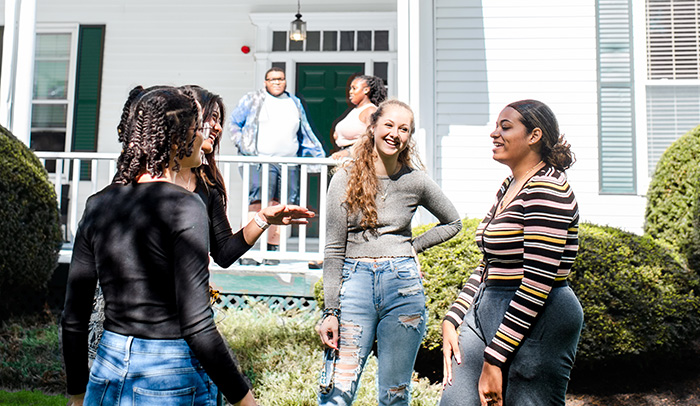
 “We all decided when we arrived that we didn’t want our house mother [who lived with them] nosing in on our lives. We all pitched in money to rent her a TV for the year to keep her in her room. It worked.”
“We all decided when we arrived that we didn’t want our house mother [who lived with them] nosing in on our lives. We all pitched in money to rent her a TV for the year to keep her in her room. It worked.”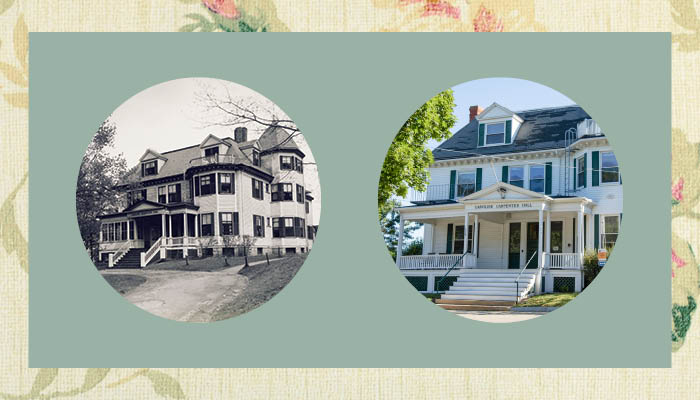
 “Those kinds of things really brought us together,” says Reese. “The world around us was changing, we were becoming more independent, and with all that happening, we lived in these wonderful, elegant homes.” Society began to feel more impersonal at that time, she adds, and during that transition it was comforting to live in a family setting.
“Those kinds of things really brought us together,” says Reese. “The world around us was changing, we were becoming more independent, and with all that happening, we lived in these wonderful, elegant homes.” Society began to feel more impersonal at that time, she adds, and during that transition it was comforting to live in a family setting.